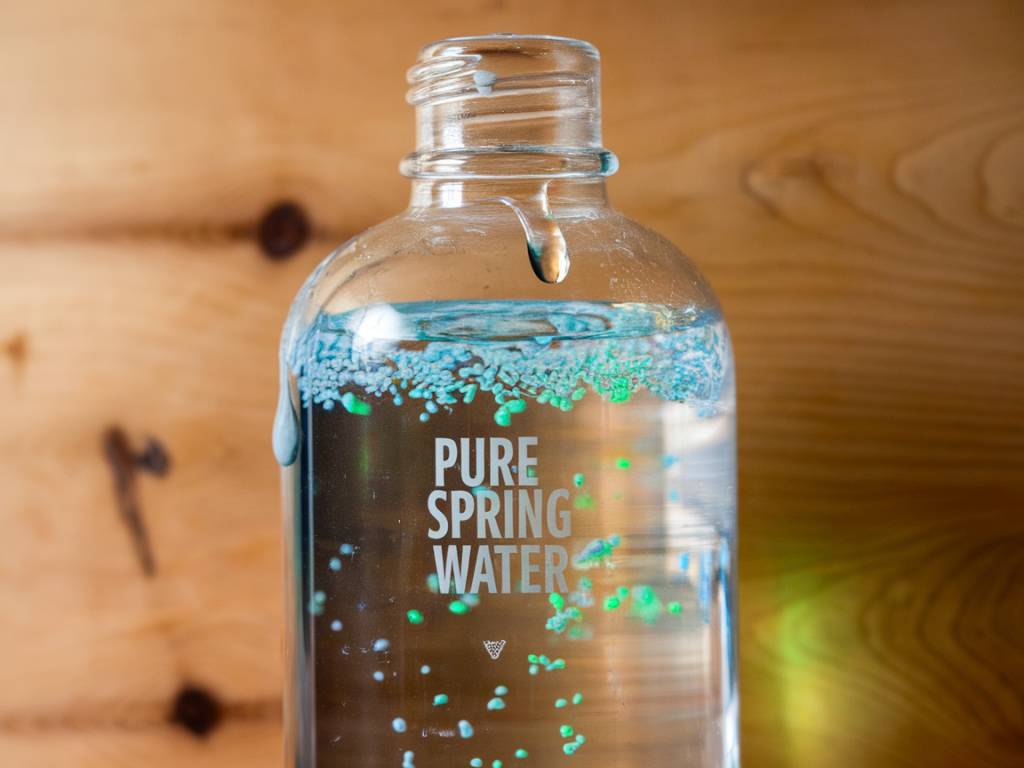Clean, fresh, and healthy. These are the words that often come to mind when you think about bottled water. But in recent years, concerns have been rising about the safety of bottled water due to the presence of PFAS, also known as ‘forever chemicals’. So, what exactly are PFAS, and should we be worried? Let’s dive into understanding these mysterious chemicals.
What Are PFAS, Anyway?
Per- and polyfluoroalkyl substances (PFAS) are a group of manufactured chemicals that have been used in various industries around the world since the 1940s. They can be found in food packaging, non-stick cookware, waterproof clothing, and, unfortunately, in our drinking water. Dubbed ‘forever chemicals’ due to their resistance to breaking down, PFAS can persist in the environment and in the human body for a long time.
But how do they find their way into the pristine-looking bottles of water you see at the store? Well, that’s a story in itself.
How Do PFAS Enter Bottled Water?
While it might seem like bottled water should be immune to such contaminants, the reality is a bit more complex. PFAS can enter the water supply through various channels. They can leach into groundwater from industrial sites or landfills. Additionally, if the water source for a bottling plant has been contaminated, there’s a good chance that PFAS could end up in the final product as well. It’s something worth raising an eyebrow over, don’t you think?
Some studies have found detectable levels of PFAS in bottled water, though the amount can vary widely depending on the brand and source. Which brings us to a pertinent question: Are there regulations in place to keep these chemicals in check?
The Big Question: Are There Regulations?
In the United States, the Environmental Protection Agency (EPA) has set advisory levels for certain types of PFAS in drinking water, but these are not enforceable limits. Similarly, in the UK and Europe, there are guidelines but enforcement is varied, and often it falls upon individual companies to take proactive measures.
This lack of consistent regulation can lead to a situation where we, the consumers, must do a bit more detective work. So, how exactly can one stay informed?
Checking the Label: Can You Identify PFAS?
Prior to grabbing that bottle of water, a quick check of the label is a good starting point. Brands that are transparent about their filtration processes often list methods like reverse osmosis or activated carbon filtration, which can help remove PFAS. However, not all brands provide this level of detail. It might feel like a game of hide and seek at times.
Moreover, several consumer advocacy groups and government agencies are conducting tests on bottled water brands, and they often publish their findings online. This can be a useful resource if you wish to dig deeper.
Our Health Matters: What Are the Risks?
Understanding why PFAS are problematic requires a look at the health effects associated with them. Research indicates that exposure to PFAS can lead to various health issues, including liver damage, thyroid disease, decreased fertility, and even certain types of cancer. While it’s unlikely that a single bottle of contaminated water would lead to severe consequences, prolonged exposure is the big concern here.
Given these potential health risks, it pays to be mindful and informed about the choices we make, right?
Steps You Can Take: Minimizing Your Exposure
Now, don’t rush to the sink just yet! Here are a few strategies you can employ to reduce your exposure to PFAS in bottled water:
These simple steps can make a significant difference and empower you to take control of your health.
A Last Thought: Let’s Keep the Conversation Going
The presence of PFAS in bottled water invites us to reconsider our choices and demands more transparency from brands we trust. While it might be a daunting task to sift through information and options, staying informed is key to safeguarding our well-being. After all, every sip counts!
So next time you’re reaching for bottled water, ask yourself: Do you know what’s really inside? Being aware and proactive is one of the best ways to ensure that our water is truly as safe and healthy as it appears to be. Happy hydrating!
